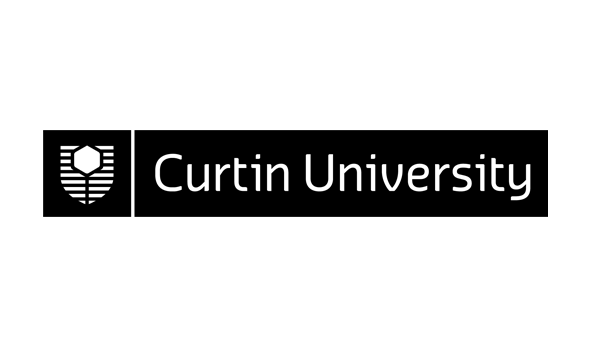310324 (v.2) Dynamic and Stochastic Modelling and Optimisation 502
| Area: | Department of Mathematics and Statistics |
|---|---|
| Credits: | 25.0 |
| Contact Hours: | 4.0 |
| ** The tuition pattern below provides details of the types of classes and their duration. This is to be used as a guide only. For more precise information please check your unit outline. ** | |
| Lecture: | 1 x 3 Hours Weekly |
| Tutorial: | 1 x 1 Hours Weekly |
| Syllabus: | This unit focuses on dynamic and stochastic systems and provides a solid foundation in a range of tools applicable to the complex problems arising in industrial modelling and optimisation. The following areas are covered: Dynamic programming: Basic concepts, applications,models and algorithms are investigated with optimal solutions developed and implemented for relevant applications. Queuing models: basic concepts are covered. Several types of queuing models and their advantages and disadvantages are studied and optimal solutions are derived for each. Simulation: simulation is a very powerful tool that provides the industrial modeller with the ability to study complex systems in considerable detail. Simulation modelling comprises three major components:input generation that allows the system to be viewed "in action"; a bookkeeping phase that keeps track of transactions occurring in the system and keeps counters on ongoing processes in order to calculate appropriate performance measures; and output analysis that establish the effectiveness of the system's performance. The unit provides the necessary skills to analyse, develop and implement simulation models. Techniques and methodologies used for the effective optimisation of simulations are also studied. |
| ** To ensure that the most up-to-date information about unit references, texts and outcomes appears, they will be provided in your unit outline prior to commencement. ** | |
| Field of Education: | 010100 Mathematical Sciences (Narrow Grouping) |
| SOLT (Online) Definitions*: | Not Online *Extent to which this unit or thesis utilises online information |
| Result Type: | Grade/Mark |
Availability
Availability Information has not been provided by the respective School or Area. Prospective students should contact the School or Area listed above for further information.

